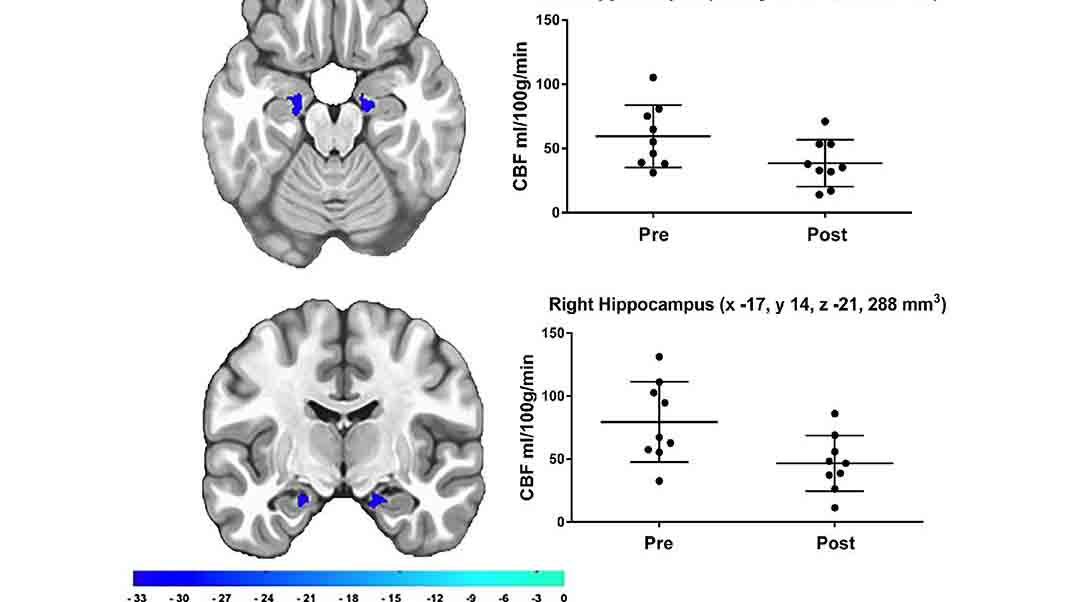Bursts of Strenuous Activity Beat Sustained Exercise

High-intensity, anaerobic exercise can be more effective at building strength and flexibility. New research also indicates it’s better at preventing conditions like heart disease, diabetes, and stroke, than typical sustained activities like jogging or biking.
More demanding exercise that pushes the body to its exercise limits for shorter periods of time was once thought to be relevant only to professional athletes looking for competitive advantages at the highest levels of sport. But scientists now believe that short bursts of activity (typically thirty to sixty seconds) followed by a recovery period are more effective than continuous moderate activity at improving cardiovascular, respiratory, metabolic, and mechanical functions.
“A 12-week controlled studyin Denmark of high-intensity interval walking for patients with Type 2 diabetes showed it helped control blood glucose levels better than continuous moderate exercise, even though the same number of calories was expended by both groups. Interval training also was more effective at enhancing the patients’ physical fitness and reducing body fat relative to lean muscle tissue.”
Big Think expert Dr. Joseph Zuckerman argues that a very repetitive exercise regime, i.e., limiting your activity to only one form of exercise, is really only useful for highly competitive athletes. If you’re looking for health and fitness, cross-training is essential, which includes combining sustained exercise with high-intensity activities:
The Danish study also found that high-intensity exercise helps widen the body’s arteries more than moderate, sustained activity. Studies in Canada and France have found that people already suffering with conditions like pulmonary disease or a stroke actually tolerate high-intensity activity better because it does not wear as much on the body’s joints.
Wider arteries also mean blood and oxygen can flow more efficiently throughout the body, and crucially, to the brain. In older generations, this can mean staving off the cognitive decline associated with old age. Precisely because of how exercise benefits the brain, geriatrician Patria Bloom calls it “the real fountain of youth.”
Read more at the New York Times
Photo credit: Shutterstock





